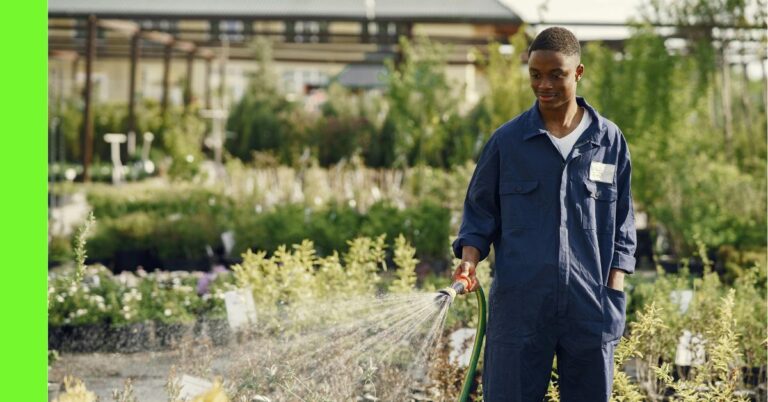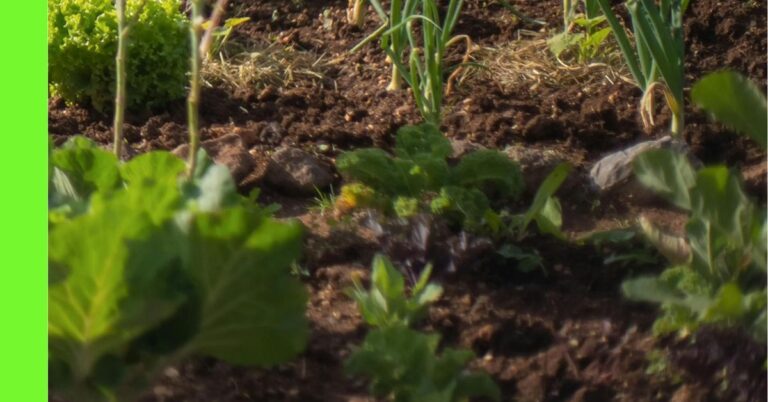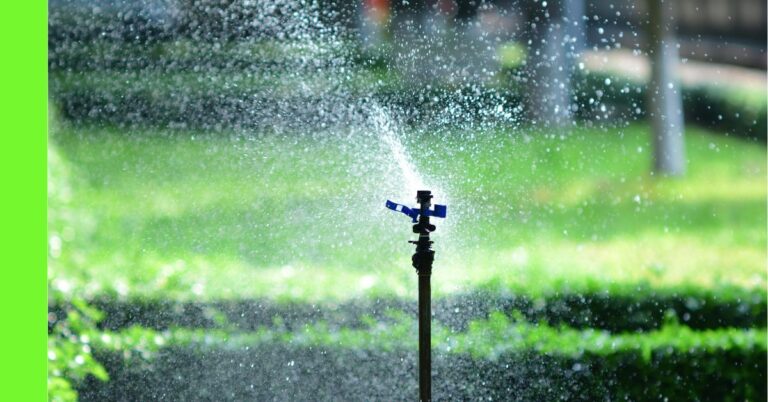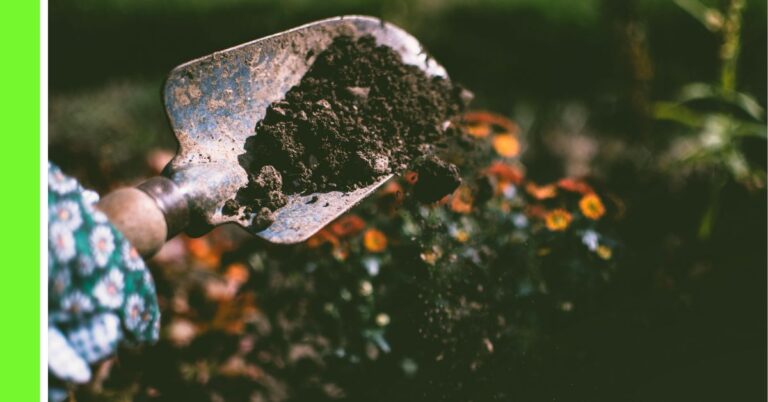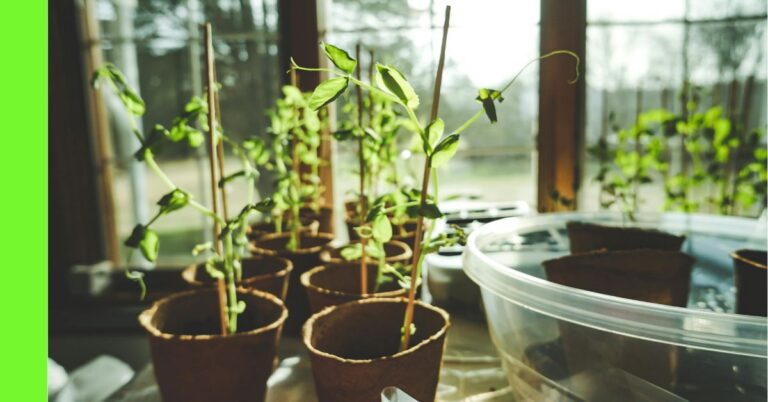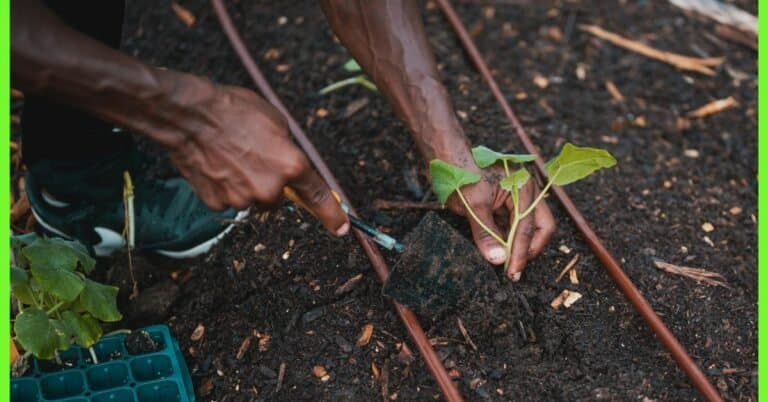Watering and Fertilising Container Plants
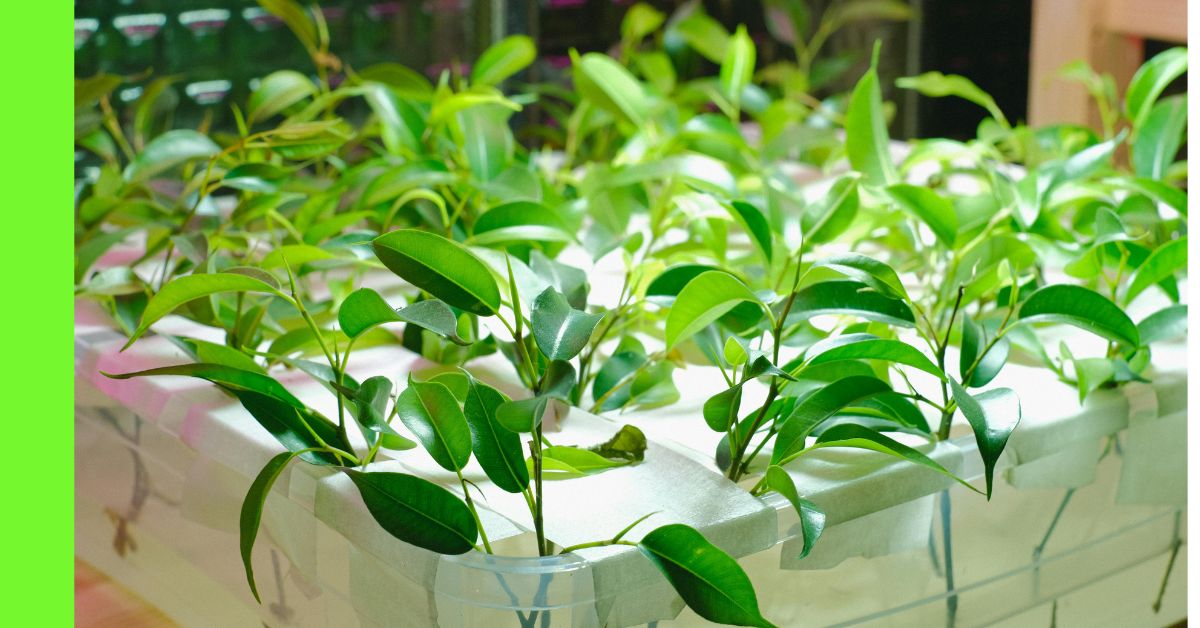
Container gardening is becoming increasingly popular in Nigeria due to urbanisation, limited land access, and growing interest in homegrown food and ornamental plants.
However, successful container gardening goes beyond choosing the right plant and container; it also requires proper watering and fertilisation strategies.
These two factors are essential for healthy growth, robust flowering, and abundant harvests.
This article provides an in-depth look at the best practices for watering and fertilising container plants.
Understanding Your Climate and Its Impact on Container Gardening
Nigeria’s climate ranges from humid in the south to semi-arid in the north. This variation affects how water is retained in containers and the nutrient demands of plants.
- Southern Nigeria: High humidity and frequent rainfall mean less frequent watering but more leaching of nutrients.
- Northern Nigeria: Dry and hot weather requires more frequent watering but presents challenges in retaining moisture and managing heat stress.
Understanding local weather patterns is essential in scheduling irrigation and choosing fertiliser types.
The Importance of Watering in Container Gardening
Water plays several roles in plant health:
- A medium for nutrient transport
- A coolant in hot temperatures
- A structural support through turgor pressure
In containers, soil volume is limited, making plants more vulnerable to water stress.
Signs of Overwatering and Underwatering
Overwatering symptoms:
- Yellowing leaves
- Wilting despite wet soil
- Root rot
Underwatering symptoms:
- Dry, brittle leaves
- Stunted growth
- Soil pulling away from container edges
Both issues can kill plants if not corrected promptly.
Best Practices for Watering Container Plants
1. Check Moisture Levels Before Watering
Insert a finger about 2 inches into the soil. If it feels dry, it’s time to water.
2. Water Early in the Morning or Late in the Evening
This helps reduce water loss through evaporation, especially in Nigeria’s hot afternoons.
3. Use Mulch to Retain Moisture
Organic mulches like sawdust, cocoa husks, or dry grass help retain moisture and suppress weed growth.
4. Use the Right Containers
Opt for containers with adequate drainage holes. Materials like clay, plastic, and recycled jerry cans are commonly used.
5. Water Deeply but Infrequently
Shallow watering encourages shallow roots. Deep watering ensures roots grow deeper and stronger.
6. Adjust Watering Based on Plant Type
For example:
- Tomatoes and peppers need more water during flowering and fruiting.
- Herbs like rosemary and thyme prefer drier conditions.
Suitable Watering Methods
1. Manual Watering
Using watering cans or buckets is common in home gardens, especially in rural areas.
2. Drip Irrigation
Efficient but more suitable for commercial container farming or urban growers who can afford the setup.
3. Self-Watering Containers
Useful for busy gardeners and those in cities like Lagos or Abuja. These containers have reservoirs that provide water gradually.
Rainwater Harvesting for Container Gardening
In many parts of Nigeria, rainfall can be erratic.
Collecting and storing rainwater in tanks or barrels offers a free, clean water source for plants.
- Ensure water is stored in clean containers
- Use a filter to remove debris
- Cover storage tanks to prevent mosquito breeding
Importance of Fertilising Container Plants
Since containers have limited soil, nutrients get depleted quickly. Fertilisation replenishes essential elements like nitrogen (N), phosphorus (P), and potassium (K).
Types of Fertilisers
1. Organic Fertilisers
- Compost: Made from kitchen scraps and yard waste.
- Animal Manure: Common in rural areas, but must be well-composted to avoid burning plants.
- Liquid Organic Fertilisers: Like compost tea or fermented plant extracts.
2. Inorganic Fertilisers
- NPK Blends: Commonly available in garden stores and agro shops.
- Urea, Superphosphate, Potash: Used individually or mixed based on plant needs.
Organic options are increasingly preferred for food crops due to health and environmental concerns.
How to Fertilise Container Plants
1. Pre-Mix in Potting Soil
Mix slow-release organic fertilisers into the soil before planting.
2. Top Dressing
Apply dry fertiliser to the top layer of soil, especially for heavy feeders like tomatoes or eggplants.
3. Liquid Feeding
Apply diluted liquid fertilisers every 1–2 weeks during the growing season.
Frequency of Fertilisation
- Fast-growing vegetables: Every 2–3 weeks
- Flowering plants: Weekly during bloom season
- Herbs and leafy greens: Every 4–6 weeks
Over-fertilisation can cause salt buildup, especially in plastic containers. Leach the soil with clean water monthly to flush excess salts.
Fertilisation Schedules for Common Nigerian Container Crops
| Crop | Fertilizer Type | Frequency | Notes |
| Tomato | NPK 15-15-15 or compost | Biweekly | Increase P during flowering |
| Pepper | Organic + NPK | Every 2 weeks | Avoid over-fertilizing |
| Lettuce | Compost Tea | Weekly | Prefer organic nutrients |
| Okra | Urea + Compost | Monthly | Watch for leaf yellowing |
| Spinach | Cow Dung Compost | Every 3 weeks | Rich in nitrogen |
Mistakes to Avoid in Watering and Fertilising
- Using poor-quality water: Avoid salty borehole water; test the water ph if possible.
- Overfertilizing young plants: This can burn roots.
- Ignoring drainage: Poor drainage leads to root rot.
- Inconsistent schedules: Causes stress and poor yields.
Urban vs. Rural Practices in Nigeria
Urban Areas:
- Use more inorganic fertilisers due to ease of access.
- Face challenges with water supply; rainwater harvesting is valuable.
- Limited space increases reliance on container gardening.
Rural Areas:
- Have easier access to organic inputs like manure.
- May depend on river or well water for irrigation.
- Traditional knowledge is often passed down informally.
Tips for Eco-Friendly Watering and Fertilising
- Reuse household water (greywater) for ornamental plants.
- Create DIY compost from kitchen waste.
- Use neem seed cake as a dual fertiliser and pest control agent.
Conclusion
Watering and fertilising are two pillars of successful container gardening.
By understanding your local climate, choosing the right tools and techniques, and maintaining a consistent schedule, you can cultivate thriving container plants even in limited spaces.
Whether you’re a backyard gardener or a balcony grower, mastering these practices will ensure your container garden flourishes.

